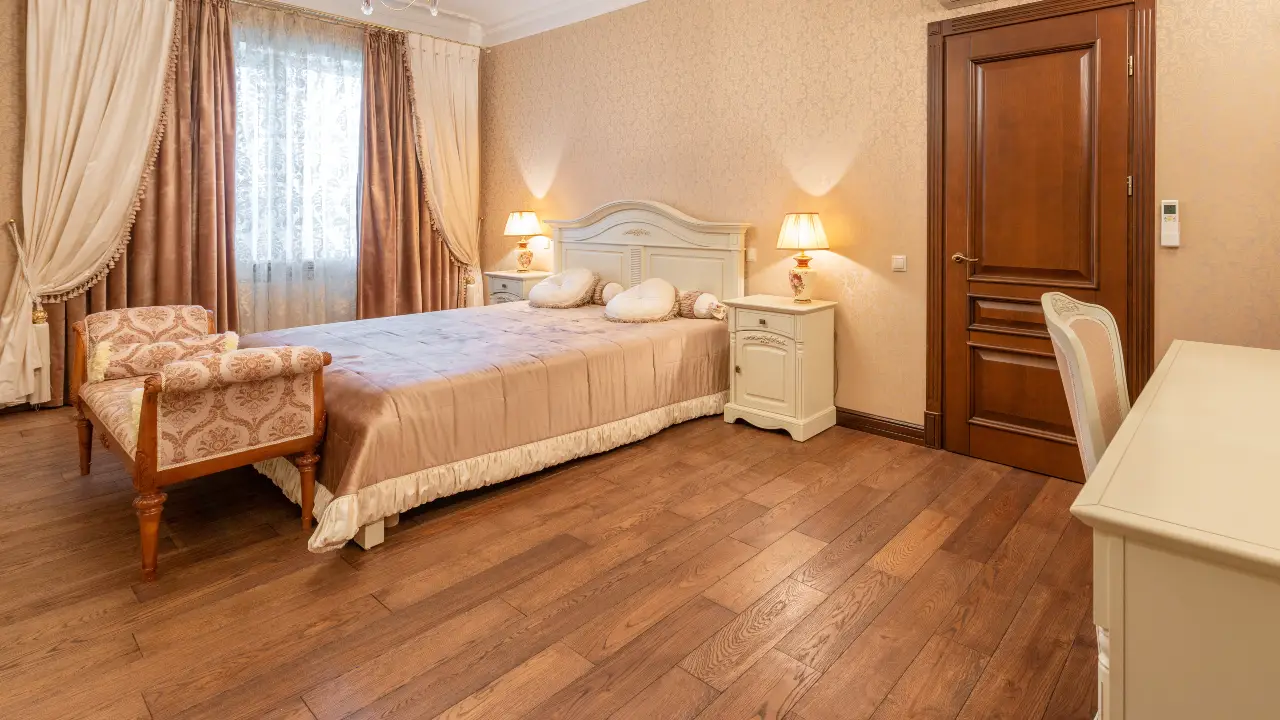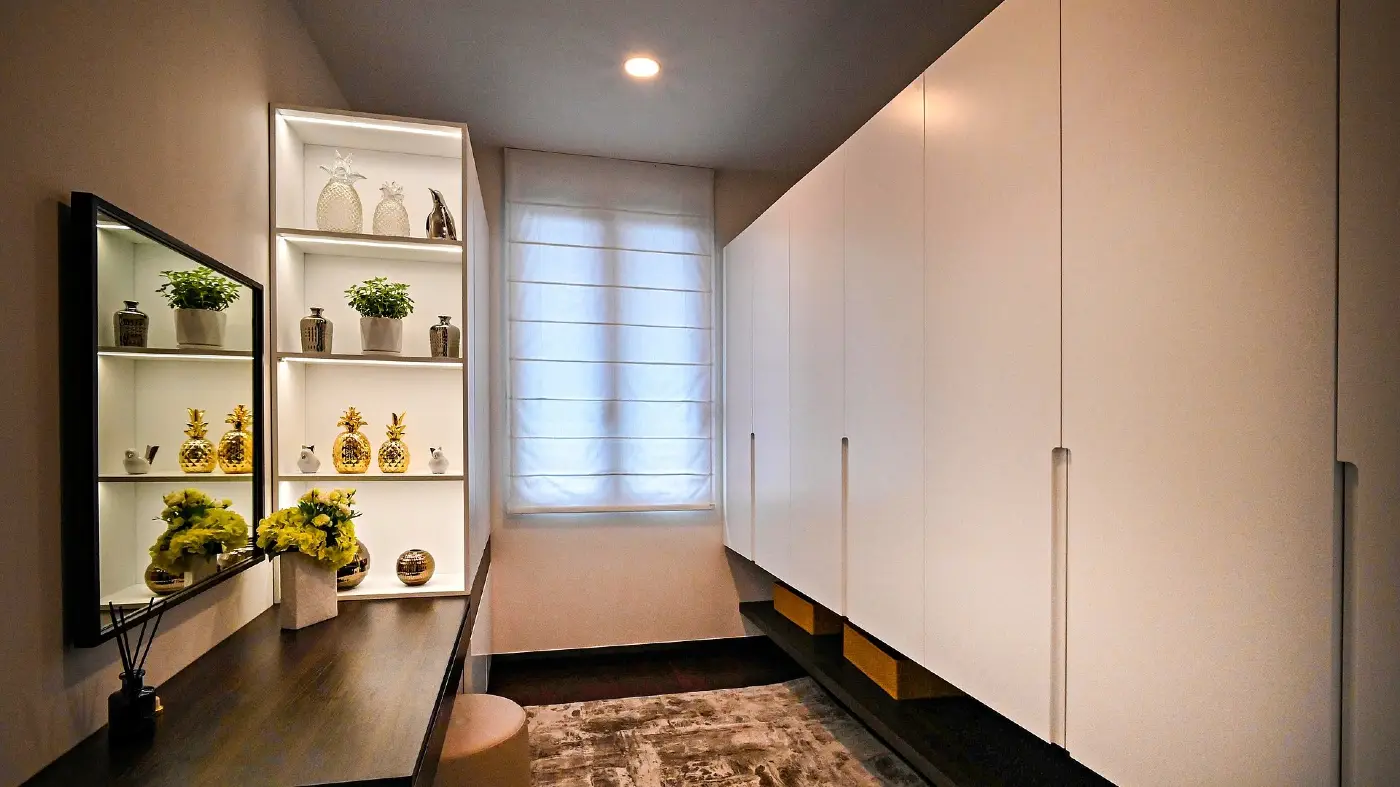Carpenter cost per hour

Carpenters work by the hour for small jobs like hanging a door, fitting shelves or replacing skirting boards. For hourly rated jobs carpenters will probably want to give you an estimate rather than a quote without seeing what they are up against. In the UK the average hourly rate for a carpenter or joiner is £27. So hanging a door can take 2 to 3 hours and cost from £50. The rate can vary depending on the location and type of business and our members range from £16 to £40 per hour.
For more hourly rates see the table with uk carpenter cost per hour, alternatively post a job with HaMuch and get a free quote
Carpenter and joiner cost per day
Carpenters and Joiners work by the day for larger jobs like fitting or replacing sash windows, installing fitted wardrobes and building stairs. For larger jobs get the carpenter or joiner to give you a written quote and they will probably want to see the job in hand to discuss it further. The UK average day rate for a carpenter or joiner is £195 but this is more in London and the South East. By area carpenters on the database charge from between £129 to £270 per day. Pricing a job will depend on the quality of the materials and finish.
For carpenter day rates around the UK check out the table for joiner or carpenter daily rates, alternatively post a job with HaMuch and get a free quote.
How to get the cheapest quotes when looking for a carpenter
Self-employed carpenters are just as qualified and experienced as those working for a big company.
By being a small business a carpenter avoids many business costs (e.g. administration staff, office rental etc), charging less for carpentry work, but giving you the same level of quality.
Get quotes from self-employed carpenters and talk directly with the person who is going to do the job.
Choosing a carpenter or joiner
When you have posted your job and checked on availability try to get 3 comparison quotes so you have a feel for the value of service and what is being offered at what price. Ask if the quotes include removing left over debris after installation, this might be left over sawn wood or if the project is to be a replacement, then the removal of the old replaced broken piece e.g. banister. Make sure there won’t be any hidden charges, that the quote includes accessories needed for the project, e.g. nails and glue. Ask the carpenter and joiner if they are vat registered so you know to add VAT on top of the quoted price. Always insist on being given a ‘written quote’ to avoid disputes over payment and job expectations at the end of the project, plus don’t agree to any upfront money prior to the project commencing.
Study your quote to see if materials have been included or if you need to still supply materials. If you do, then make sure to order the wood plus 10% extra for wastage.
Depending on the skill required for your project, check what qualifications the carpenter and joiner has (e.g. NVQ or City & Guilds). Where possible, try to choose a carpenter and joiner that is part of a reputable association, some noteworthy associations are; Institute of Carpenters (IOC), British Woodworking Federation (BWF), the Guild of Master Craftsmen or the Federation of Master Builders (FMB). Also take into account the number of years the carpenter and joiner has been in business to get an understanding of their years of experience. If choosing a joiner, see if you can pop in to their workshop for an idea of quality of craftsmanship on other projects they are working on.
Depending on the size of the project the carpenter or joiner may be using additional employees or third party contractors. Make sure the quote covers any extra ‘hands’ needed for the project. Before the project commences, have an agreed end date so you can be prepared for how long to expect the project to take and to have workers in your home, possibly needing you to arrange daily parking for their vans.
Avoid expensive carpentry costs
Cost to install fitted wardrobes
When your chosen carpenter and joiner arrives at your home to quote the job, be clear what project you need doing. If you are considering turning a section of your bedroom into a fitted wardrobe, have an idea on the placement of the wardrobe, the size and depth you would like, how many shelves versus hanging space suit your personal requirements, do you want sliding or opening doors, must the doors be mirrored or designed with wood panelling, what wood would you like the wardrobe constructed in, do you want it painted or varnished? The more detail you can discuss, the more accurate your quote can be from the start with an idea of time to complete the project.
The cost of installing fitted wardrobes depends on how much work the carpenter is expected to do. If they are bespoke and made in a joinery workshop you can expect it to take up to two weeks to complete the project and cost up to £3000. If they are purchased flat packed from Habitat then depending on the complexity of the fitting, they will cost a 2 to 4 day rate. On average, that will cost up to £800 for 4 day work excluding the materials.
Cost to install a loft ladder and hatch
If you need a loft ladder installed and a new hatch fitted the carpenter or joiner will first want access to the area to see how difficult the job is going to be. High ceilings are a factor here. The job should not take longer than a day depending on if you have already purchased the materials and sized up. So it will cost around £200 plus materials based on an average UK day rate of £195.
Tips: While discussing your project, get advice and opinions on materials, design and overall look of the finished project. If they are building furniture for you, discuss what would be the best wood to source for the project as well as where you could source wood at trade rates. Pine is great for being versatile and easy to work with but can’t hold very heavy objects on a shelf. Plywood is a sturdier option and is a good choice as it is inexpensive and unlike MDF won’t sag over time. If your project is to fit a back door ask for advice on best style of door to purchase that would suit your style home (e.g an oak cottage door) and have the carpenter and joiner look at your existing doorframe to ensure a replacement door can be fitted to the existing frame.
